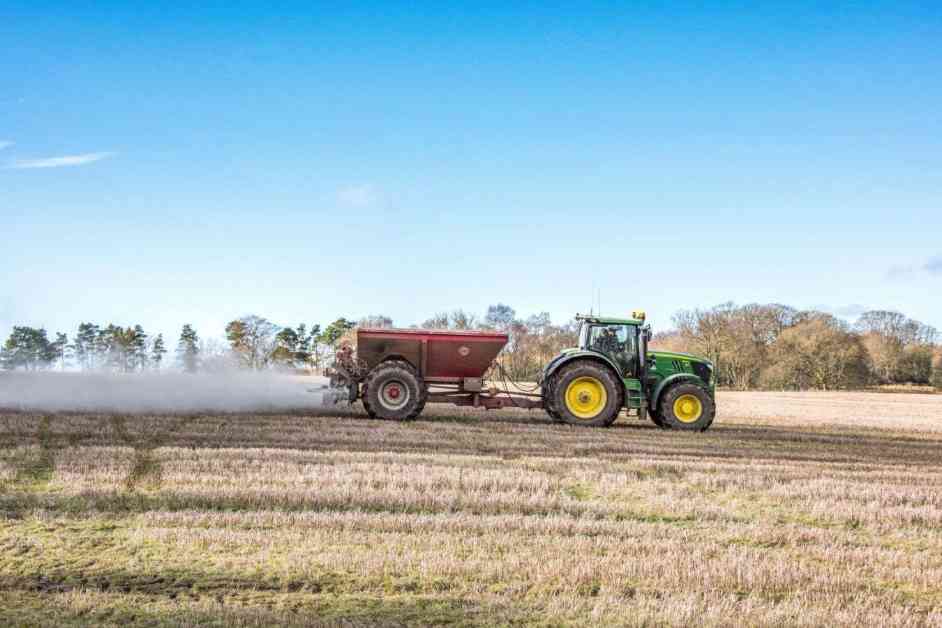Researchers have found a way to reduce nitrous oxide emissions from agriculture by 25% by using crushed basalt rocks and special fertilizers. Nitrous oxide is a potent greenhouse gas that is 270 times more powerful than carbon dioxide, and its emissions have been increasing due to agriculture practices such as the use of nitrogen-based fertilizers and livestock farming.
By adding nitrification inhibitors to fertilizers and spreading basalt rock dust on soils, farmers can significantly reduce nitrous oxide emissions without harming the ozone layer. The process of enhanced rock weathering (ERW) makes the soil more alkaline, which helps to lower emissions.
A study conducted by Maria Val Martin and her team at the University of Sheffield modeled the impact of widespread use of ERW and nitrification inhibitors on nitrous oxide emissions and the ozone layer under different climate scenarios. They found that these strategies could lower nitrous oxide emissions by 25% and overall emissions by 5%. Additionally, up to 2 gigatonnes of carbon could be sequestered in the soil, providing a climate benefit.
While these strategies come at a cost, with ERW costing $80-180 per tonne of CO2 and nitrification inhibitors costing $28-45 per hectare, the long-term benefits outweigh the expenses. The total cost of implementing these strategies on a global scale would amount to billions of dollars annually, but the potential impact on reducing greenhouse gas emissions is significant.
The study’s cautious approach aims to provide realistic strategies that governments can adopt to mitigate nitrous oxide emissions without harming the ozone layer. This research is crucial in developing new ways to curb emissions from agriculture, which is a major contributor to global nitrous oxide levels.
Overall, the use of crushed rocks and special fertilizers presents a promising solution to reduce nitrous oxide emissions and combat climate change. By implementing these strategies on a global scale, we can make significant progress in reducing greenhouse gas emissions and protecting the environment for future generations.

